Minnesota Rehabs: Find A Rehab In Minnesota Today
Table of Contents
- Minnesota Rehabs: Find A Rehab In Minnesota Today
- The Opioid Epidemic in Minnesota
- Alcohol Abuse in Minnesota
- Minnesota Crack and Cocaine Addiction
- Minnesota Addiction Treatment
- Minnesota Treatment Options for Alcohol and Drug Addiction
- What Can I Expect from Minnesota Rehabs?
- Dual-Diagnosis Treatment Programs in Minnesota
- Finding Minnesota Addiction Aftercare Programs
- How Much Does Rehab Cost in Minnesota?
- Using Private Insurance to Pay for Rehab in Minnesota
- How Can I Get Free Substance Abuse Treatment in Minnesota?
- What are the Drug Laws in Minnesota?
- Addiction Treatment Legislation in Minnesota
- State Support for Minnesota Drug and Alcohol Rehab Centers
- Selecting Addiction Treatment in Minnesota
- What to Expect from Your Minnesota Drug Rehab
- What to Look for in a Minnesota Drug Rehab
- Choosing Your Best Fit for Rehabs in Minnesota
- Find a Minnesota Drug and Alcohol Rehab Center Today!
In a given year, approximately 786,000 Minnesotans, or 14.02 percent of the state’s population, use illegal drugs, while 234,000 Minnesotans, or 4.17 percent of the state’s population, abuse alcohol. Notice these are different figures for abuse and use, but both point to the need for effective Minnesota alcohol and drug rehab centers.
As a result, drugs and alcohol were responsible for 13.66 percent of all deaths in Minnesota between 2008 and 2017, nearly one percentage point higher than the national average of 12.71 percent. During the same period, Minneapolis-St. Paul, Minnesota’s most populated city, had a similar drug and alcohol-related fatality rate of 13.47 percent.
No matter where you live in Minnesota, the resource will assist you in finding the right rehab to meet you or your loved one’s needs.
The Opioid Epidemic in Minnesota
Because of a surge in prescriptions and illegal usage, opioids have had disastrous repercussions on the United States since the late 1990s. As a result, there has been substance abuse, addiction, and overdose. 557 Minnesotans died from opioid overdoses in 2011, illustrating the prevalence of these effects.
Overdose deaths stayed above 500 for the next five years, reaching 664 in 2016. Pharmacists have begun to prescribe fewer opioids to fight the problem. The prescription rate per 100 people fell from 60 to 46.9 percent. Rehab institutions and national hotlines are also working to reduce the number of overdoses by giving therapy and counseling.
Alcohol Abuse in Minnesota
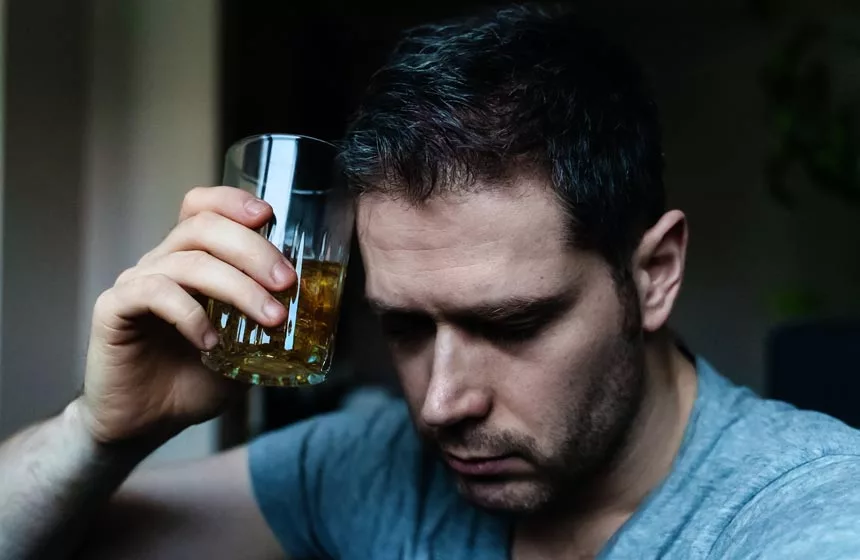
When most people talk about substance abuse, they focus on hard drugs while ignoring that alcohol is still the most powerful and often abused substance.
Even though it is not the most harmful substance in Minneapolis, it is by far the most commonly overused. In 2016, the city’s percentage of alcohol-only treatment admissions increased to 43.1 percent, barely shy of the 50 percent mark.
Clearly, finding an alcohol rehab in Minnesota is important for nearly half of those seeking some form of addiction treatment in the state. With a confidential call to Find Addiction Rehabs, you can quickly gain an understanding of your coverage for a Minnesota alcohol detox and get help!
Minnesota Crack and Cocaine Addiction
Crack cocaine is the most common type of cocaine among city dwellers. In 2014, persons who took cocaine in its rock form accounted for 75% of all cocaine-related hospitalizations. 34.7 percent of these people were female, the remainder being men over 35.
According to the figures, the substance is more prevalent among middle-aged men than any other group in the city. The number of cocaine or crack-related deaths decreased from 28 in 2013 to 12 in 2014 but has risen again in recent years.
Statistics on Addiction in Minnesota
- The number of emergency room visits in Minneapolis involving prescription opioids doubled between 2004 and 2011.
- From 2009 to 2013, 7.8 percent of Minnesota individuals over 21 drank the previous month considerably, compared to 6.8 percent nationally.
- According to data from 2009 to 2013, just 6.2 percent of those aged 12 and up who were addicted to alcohol received treatment in Minnesota the previous year.
- Data collected between 2005 and 2013 shows that just 17.1% of Minnesota residents suffering from illicit substance misuse or dependence sought treatment the previous year.
- According to daily estimates, the number of individuals utilizing methadone in opioid treatment programs climbed from 3,785 in 2011 to 5,530 in 2015.
- Between 2011 and 2012, inpatient treatment admissions for methamphetamine climbed by 18.9 percent in Minneapolis.
Minnesota Addiction Treatment

Marijuana misuse accounts for the vast majority of treatment admissions in Minnesota. However, heroin and opiate addiction have become a severe state concern, with rates reaching new highs each year.
Although Minnesota’s drug-related death rate is around half that of the national average, teen overdose rates have tripled since 1999. The following are the most common illicit drugs for which Minnesotans seek treatment:
- Marijuana
- Opioids
- Stimulants
- Heroin
- Cocaine
- Methamphetamines
Substance misuse in Minnesota is most common among teenagers and adults aged 18 to 25. Adolescents regularly abuse inhalants, MDMA/ecstasy, synthetic drugs, and pharmaceuticals, in addition to opiates and methamphetamines.
The transportation and distribution of illegal substances have become a significant hazard to Minnesota residents in recent years. Drug traffickers have numerous access and departure ports in the state because of its proximity to Canada to the north and Lake Superior to the east.
These sparsely populated areas have become known for their meth labs. Furthermore, Minnesota has thirteen ports of entry, but only three are patrolled around the clock.
Drug trafficking is common between Mexico and the southwestern states and metropolitan areas such as Minneapolis-Saint Paul. The Twin Cities also houses the country’s third-largest trucking hub. Private cars and commercial trucks from Chicago and Los Angeles smuggle large amounts of cocaine via this area.
Cocaine has recently emerged as a significant source of drug-related crime in the Minneapolis-Saint Paul metropolitan area. According to the Minneapolis Police Department, cocaine misuse and distribution account for 90 percent of the city’s violent crime.
Minnesota Treatment Options for Alcohol and Drug Addiction

Minnesota alcohol and drug rehab programs typically seek the most effective approaches to assist recovering addicts in overcoming their addictions. It usually starts with decreasing the individual’s physical reliance, then reducing their mental desire to continue taking the substance. The following are the most prevalent stages of rehabilitation:
Detox
Detoxification is frequently the first step in the rehabilitation process. However, it is not always necessary. During a drug detox program, clients are watched by medical specialists who aid them in safely and comfortably withdrawing from narcotics. This can make transitioning into a treatment program, such as inpatient or outpatient care easier.
Inpatient Treatment
Many Minnesota residents would benefit from inpatient or residential care. These programs, in addition to being incredibly regulated, give clients the stability and support they require to focus on their rehabilitation. Clients in these treatment programs are frequently housed in the Minnesota rehabilitation center of their choice, where they will participate in various forms of group and individual therapy. The usual period of stay in these facilities is 30 to 90 days.
What Can I Expect from Minnesota Rehabs?
Each Minnesota drug rehab facility offers its facilities, services, and programs. Because everyone’s road to recovery is different, several Minnesota treatment clinics offer personalized programming or additional amenities. These things can assist clients with more particular needs or goals.
Rehabilitation centers may vary in terms of the extras they provide, in addition to the services they provide. A luxury rehabilitation center in Minnesota usually has more lavish living accommodations and a more extensive list of amenities. Researching treatment centers ahead of time will help you choose one that meets your specific needs.
You will have access to a variety of resources as part of an inpatient treatment program, including:
- Treatment for co-occurring mental health illnesses using a dual diagnosis
- Individual and group psychotherapy are successful, as are holistic or wellness-based treatments.
- Peer groups for cognitive behavioral therapy
Dual-Diagnosis Treatment Programs in Minnesota

A more common sort of specialty programming addresses a client’s mental health need. Dual diagnosis treatment clinics in Minnesota help persons with substance abuse and mental health issues. Other treatment facilities may provide trauma programs or support groups based on specific mental health issues.
When looking for drug treatment in Minnesota, keep the following specializations in mind to find the best fit.
Outpatient Services for MN Residents
Outpatient treatment is an alternative to spending weeks at a rehabilitation institution. Clients do not live at the facility during this sort of treatment, but they continue to receive regular counseling. These programs may be a step down from past therapies or an excellent place to start for people who require less intensive care.
These programs provide varying degrees of care and time commitments to help people at various stages of recovery. In a partial hospitalization program, clients may get therapy numerous times each week and live in shared recovery houses. Meanwhile, some Minnesota outpatient programs may just require one hour of therapy each week.
Treatment centers typically provide outpatient programs at varying levels of care: intensive outpatient care (IOPs) programs, regular outpatient therapy, and partial hospitalization programs.
Medically Assistive Therapy in Minnesota
Medication-assisted therapy (MAT) is a specific treatment method for opioid and alcohol addiction in Minnesota.
MAT programs use behavioral counseling and pharmaceuticals such as buprenorphine, naltrexone, and methadone. The combination of medicine and behavioral therapy aids in the healing and support of the brain and body.
Finding Minnesota Addiction Aftercare Programs
Addiction rehabilitation is a lifelong path for many people, and having a solid support system and access to community resources is essential. The following treatments may be used:
Participation in a 12-step program, individual and group treatment, community education, and job placement services are all available.
temporary housing
Minnesota Sober Living Homes
The sober living homes program is the absolute alcohol and drug addiction recovery stage. This stage permits the recovering person to reintegrate into society as a fulfilled, productive, and sober person. The sober living community phase’s goal is to assist the recovering individual in maintaining a clean, healthy lifestyle in their community.
Executive or Professional Treatment Programs in Minnesota

Many people are scared to get treatment because they are concerned about their job or reputation. This is a regular occurrence among executives, licensed professionals, and other people who have demanding jobs. The good news is that many facilities offer therapy that allows a person to continue working, while other programs provide treatments tailored to the workplace’s needs.
Through these tailored programs, individuals are helped to build skills that will benefit their professional and personal lives. Professional life skills such as leadership, communication, stress management, and teamwork can be addressed throughout treatment.
Other types of addiction treatment programs include:
- Treatment groups based on gender
- LGBTQ
- Child-friendly programs
How Much Does Rehab Cost in Minnesota?
Residents of Minnesota who require substance abuse treatment may find the cost prohibitive. However, resources are available to assist individuals in paying for treatment and recovering from addiction. Health insurance and payment plans offered by facilities to individuals in financial need are examples of these possibilities.
Minnesota Medicaid Payment for Treatment
Medicare benefits are available to over 1.2 million Minnesota residents. This includes Medicaid Assistance, the state’s Medicare supplement program. For eligible people, Medicaid can cover the total cost of treatment.
For those who qualify, Medicaid can cover the entire cost of therapy. Medicaid can cover the entire cost of treatment for those who are eligible. For those who qualify, Medicaid can cover the entire cost of therapy.
Using Private Insurance to Pay for Rehab in Minnesota
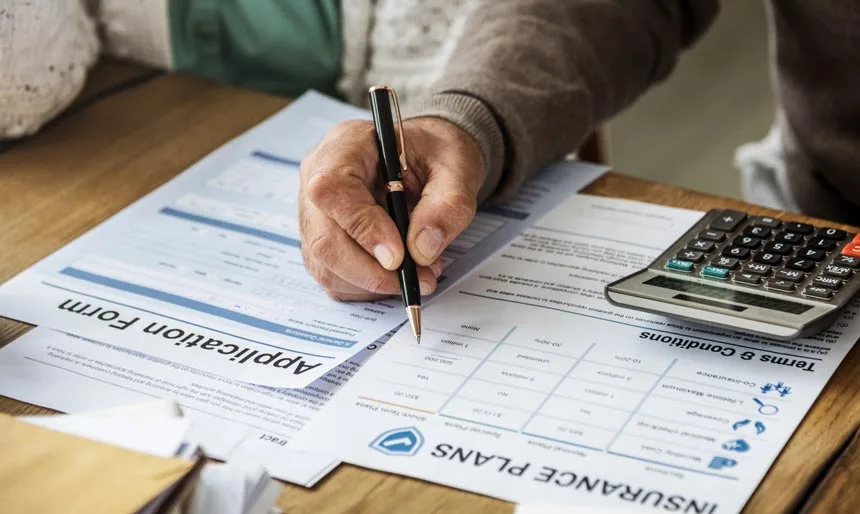
Residents frequently earn too much to qualify for Medicaid. Individuals in this situation can purchase private health insurance or receive one through their workplace. Most privately sponsored therapies to accept private health insurance, which can significantly cut costs. These programs frequently do not have waiting lists and provide good care.
There are solutions for people who cannot afford private health insurance but do not qualify for Medicaid. Those who qualify for Minnesota’s Medicaid Assistance program may be able to get help paying for commercial insurance premiums. MNsure, the state’s exchange marketplace, allows residents to apply for premium assistance online.
The following insurers participate in Minnesota’s Medicaid expansion program:
- Blue Plus
- Group Health Insurance
- Medica
- UCare
- Quartzzz
Managing Rehab Costs without Insurance
Medical care may be too expensive if you do not have health insurance. Delaying enrollment in an insurance plan in the belief that treatment will be covered is dangerous and unreasonable.
Fortunately, many facilities recognize this and provide sliding-scale price options. This means that people with lower incomes have to pay less for therapy. A sliding scale may also allow the program’s cost to be divided into several reasonable installments over time.
Is There Free Treatment for Alcohol and Drug Addiction in Minnesota?
Those in need of therapy can seek recovery options around the state. Many services are provided for free or at a modest cost. Free rehabilitation facilities may offer the following services:
- Detoxification from drugs and alcohol
- Intensive outpatient therapy services (IOP)
- A hospital’s healthcare
- Treatment for two diagnoses
- Mental illness treatment
How Can I Get Free Substance Abuse Treatment in Minnesota?
Individuals may be referred to treatment facilities to help locate financial resources to afford the costs of substance misuse treatment. Prices are frequently subsidized by government subsidies, Medicaid, or non-profit groups.
To help with expenditures, several facilities provide loans, refunds, or sliding scale fees. Furthermore, most treatment programs do not turn away individuals who cannot pay.
What are the Drug Laws in Minnesota?
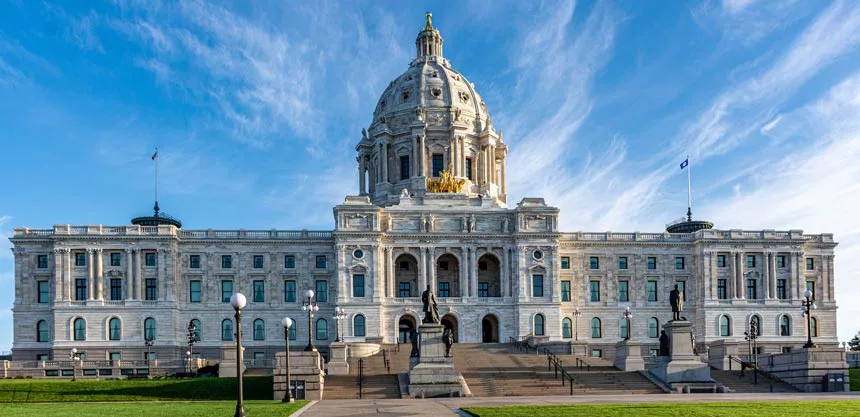
In Minnesota, both the selling and possession of illegal narcotics are outlawed. There are five levels of punishment, which differ depending on the type and amount of material involved.
The first degree is associated with the most significant and harshly punished drug-related behavior, whereas the fifth degree is associated with the least severe penalty.
Marijuana Regulations in Minnesota
Minnesota’s medical cannabis program went into effect in 2015. The program was open to qualified persons the following year, in 2016. Eight rehab centers were opened in Minneapolis, St. Paul, Bloomington, Rochester, St. Cloud, Moorhead, Eagan, and Hibbing in July 2016. At this point in time, facilities for medical marijuana are available across the state.
To be eligible for medicinal marijuana, Minnesota residents must have one of the following conditions:
- Amyotrophic Lateral Sclerosis (ALS)
- Cancer/cachexia
- Gluten intolerance
- Glaucoma
- HIV/AIDS
- Soreness that persists
- Seizures
- Intense and long-lasting muscle spasms
- Tourette Syndrome
At any given moment, each patient is limited to a 30-day supply. Although home cultivation is illegal, state-licensed dispensaries are becoming more common.
While medical marijuana usage is permitted in Minnesota, recreational marijuana use is not. Possession of the substance entails severe penalties.
Individuals charged with a first offense may be eligible for conditional release. This allows the person to serve probation rather than stand trial. All charges will be withdrawn if probation is satisfactorily completed. A drug education course is frequently required.
Addiction Treatment Legislation in Minnesota
Minnesota lawmakers have enacted several harm reduction laws to safeguard their inhabitants. These policies aim to promote awareness about the dangers of drug usage and addiction in addition to detecting and preventing drug trafficking.
Syringe Access Initiative in Minnesota
In July 1998, the Minnesota Syringe Access Initiative was enacted. It was passed to minimize the number of drug users who swapped tainted needles. Multiple needle users increase the risk of contracting HIV, hepatitis C, and other blood-borne infections.
Participating pharmacies can offer up to ten syringes without a prescription under the Syringe Access Initiative. The rule supports treatment and rehabilitation and ensures that needy individuals can access clean needles. Local organizations frequently join to provide welfare services such as cheap housing, job opportunities, and rehabilitation information.
Good Samaritan Legislation for Overdose Prevention
Minnesota is one of the 32 states with Good Samaritan legislation. The 2014 law exempts people who alert emergency personnel to a probable overdose. It encourages people to seek help in an emergency by shielding them from civil liability for certain drug-related acts.
Furthermore, the Minnesota Good Samaritan Overdose Prevention Act allows the administration of naloxone to reverse the effects of an opioid overdose. Naloxone is an opioid overdose treatment that restores breathing functions.
In Minnesota, public health organizations and pharmacists can provide naloxone, a medicine that reverses the effects of an opioid overdose, without a prescription.
Minnesota Drug Courts
The first drug court in Minnesota opened in Hennepin County in 1996. The number of statewide drug courts increased dramatically in the mid-2000s. By mid-2007, 27 functional drug courts in Minnesota served more than one-third of the state’s counties.
Drug courts aim to help criminals overcome their mistakes via rehabilitation rather than incarceration. The following are typical program components:
- Treatment for addiction
- Ongoing drug testing
- Appearance in front of the court
- Prevention of recurrence
- Misuse of drugs education
- The act of giving back to the community
Drug courts are frequently utilized to assist nonviolent criminals in obtaining the treatment they require to recover from harmful addictions. The number of repeat drug offenders has decreased dramatically since the program’s inception.
In 2012, the unemployment rate for drug court graduates was less than 15%, compared to 50% when the program began. Furthermore, around 20% of graduates obtained a higher degree of education while in drug court.
State Support for Minnesota Drug and Alcohol Rehab Centers
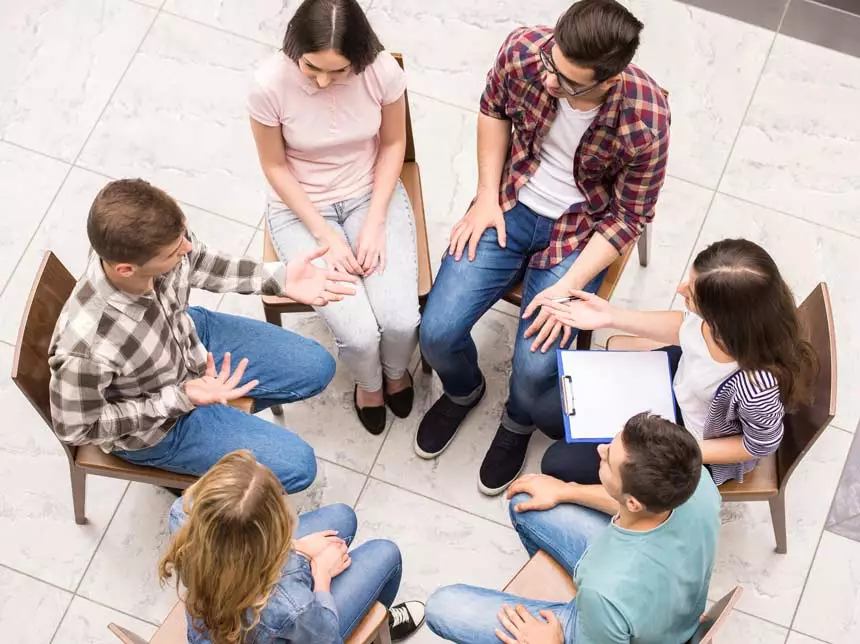
Minnesota officials have made steps in recent years to tackle the rising rate of opioid misuse among residents. State leaders launched several initiatives in 2015 to counteract the detrimental impacts of opioids, including:
- Improving Pregnancy Care for Women with Substance Abuse Disorders
- Raising awareness of the Prescription Monitoring Program to detect drug addiction and insurance fraud more effectively.
- Physicians are trained on the indicators of addiction during annual checkups.
- Finding alternate treatments for persistent pain.
- Increasing the availability of low-cost services to assist individuals in need in the community.
Don’t limit your search for the best treatment facility for you to your native state. Sometimes a facility far away from home is the best solution. In reality, out-of-state therapy has benefits such as allowing you to focus only on your recovery, removing you from harmful influences and providing specialized programs.
Selecting Addiction Treatment in Minnesota
Minnesota’s Department of Human Services is in charge of mental health and substance abuse treatment across the state. If you or a loved one is addicted, there are several treatment options available to you, including:
Residents of Minnesota who dial 211 for information on substance misuse and mental health programs use SAMHSA’s Behavioral Health Treatment Locator to receive a referral from your health care practitioner before contacting treatment providers directly.
When looking for a rehabilitation center, picking a program that meets your needs is critical.
Consider the following factors:
- Accreditation from a national or state entity indicates the facility’s commitment to providing high-quality care and customized treatment programs based on each client’s unique history, circumstances, and treatment goals.
- Disorders that coexist treatment programs successfully treat substance use disorders for those with dual diagnoses of addiction and mental illness.
- Professional drug and alcohol counselors understand the various requirements of those who are addicted.
What to Expect from Your Minnesota Drug Rehab
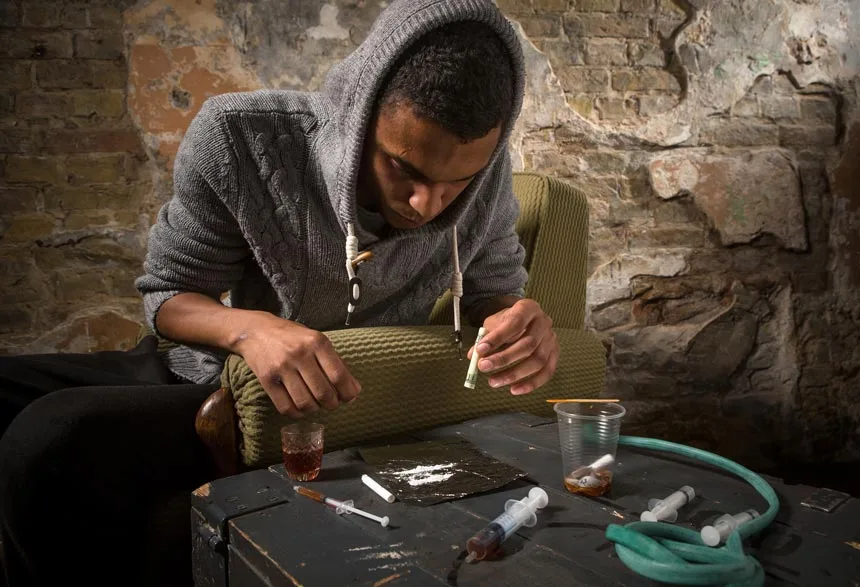
In general, Minnesota addiction treatment centers may treat substance misuse with medicine, therapy, or both. Individual and group treatment can help patients identify drug use triggers, develop appropriate craving coping methods, and address the underlying causes of their drug use. Individuals can safely cease substance usage using medications such as disulfiram and buprenorphine.
Participants get up early for breakfast before attending morning sessions. Following lunch, participants can choose to participate in individual, group, or family therapy. Afternoon special therapy sessions and consultations with social workers may be organized. There is time after dinner to unwind or indulge in physical activities. You might be able to attend another meeting.
What to Look for in a Minnesota Drug Rehab
The National Institute on Drug Abuse recommends five questions to ask when looking for Minnesota addiction treatment programs.
- Will the Minnesota drug rehab provide evidence-based medicine? Effective substance misuse treatment institutions use scientifically proven methods. For many years, cognitive behavioral therapy (CBT) and group therapy have been studied and used in addiction treatment, and their usefulness has been proven.
- Will Minnesota’s drug treatment fulfill your requirements? Drug rehabilitation is not a one-size-fits-all answer. Make sure that the institution you choose can meet your specific needs.
- Will the Minnesota drug rehabilitation program adjust to your changing needs? If a person’s alcoholism has become so severe that she has lost her family, work, and house, she may attend rehabilitation. The guy simply wants to go to rehab to stop drinking. She may require employment training and housing support to re-enter the labor force several months into the program. You want a recovery program that can adapt to your changing needs.
- How long will your Minnesota drug rehab program keep you clean? Most clients will need at least three months of rehab. Some people will require more time. The application you select should be able to collaborate with you across the required time frame.
- Will the Minnesota drug treatment include a 12-step program? The 12-step programs AA and NA have helped many people achieve and maintain sobriety. If you believe that a 12-step program can help you recover, make sure it is part of your treatment plan.
Choosing Your Best Fit for Rehabs in Minnesota
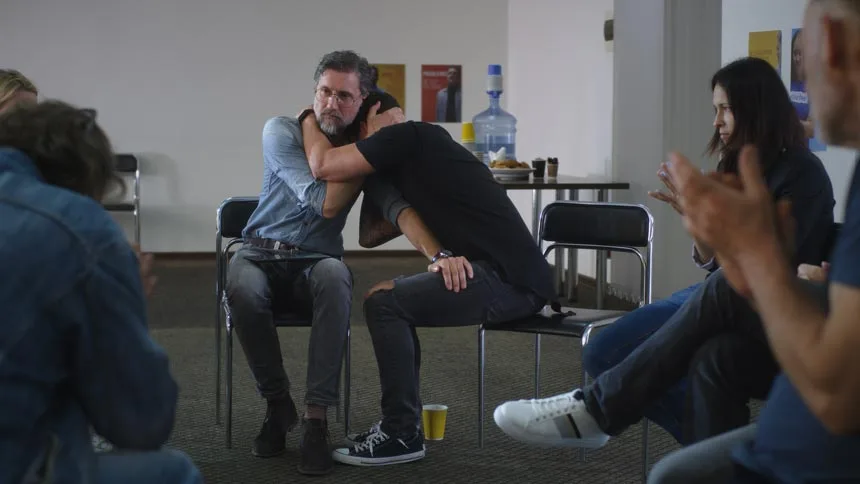
When selecting a Minnesota drug rehabilitation clinic or alcohol detox program, there are several factors to consider. The nature and duration of your (or a loved one’s) addiction and your desire for in-state or out-of-state treatment will influence your selection.
Minnesota has several options if you’ve been struggling with addiction for a long time and are considering inpatient drug treatment.
Local Resources for Recovering Addicts
- Dose of Reality – A collection of instructional and reference materials about Minnesota prescription painkiller addiction.
- Minnesota Department of Human Services – Substance abuse information for Minnesota citizens. Includes information about how to obtain help for a loved one who is addicted.
- NA Minnesota – Information on Narcotics Anonymous meetings and programs in Minnesota.
- Alcoholics Anonymous Meeting Locator – A search tool for Alcoholics Anonymous meetings around the state.
- 2-1-1 Minnesota – Provides free and confidential information to anyone needing social services such as drug and alcohol addiction treatment, daycare, crisis intervention, and financial support.
Find a Minnesota Drug and Alcohol Rehab Center Today!
Treatment programs must be dynamic to effectively treat all forms of addiction, from substance misuse to alcoholism. Precautions must be made to ensure that attendance at rehab does not result in relapse. These efforts involve thorough training on managing withdrawal symptoms and emotional support from family members, along with aftercare planning and helping with the formation of a sober support network.
Please contact us immediately if you or a loved one require addiction treatment. Find Addiction Rehabs can assist you in locating the best drug treatment or alcohol rehab facility in Minnesota for your needs.
Give yourself a break from the struggle and contact our dedicated recovery representatives. Every call to Find Addiction Rehabs is confidential and can be truly life-changing, so reach out now!

